and Create a Nice Sauce in the Process
There are many ways to deglaze a pan. And no – it doesn’t require the tricks of an accomplished cook.
Still, it surprises me even today that cooks from all walks of life tiptoe around the technique, despite how simple it is.
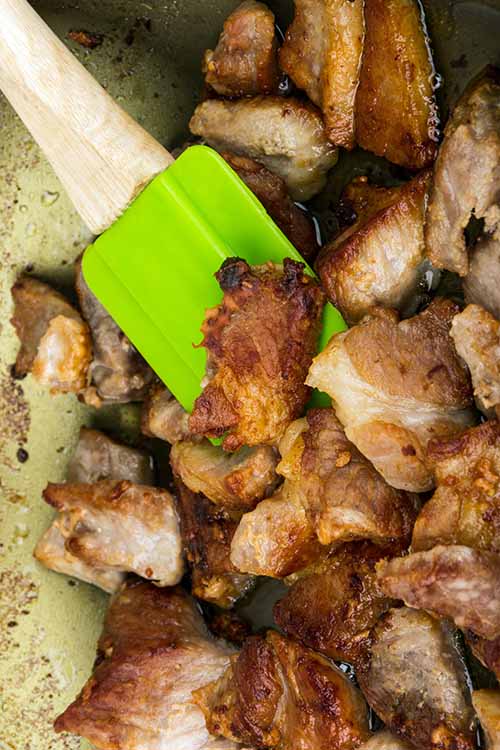
One time, I explained the deglazing process to a good Southern friend of mine, while he was in the middle of making a Mexican and Chinese dish. Now, I have heard of many amazing Chinese French dishes – but this approach was quite new to me.
I said, “What are you making, my friend?” He jokingly responded, “Red beans and rice.” We then shared a good laugh.
This was a great opportunity to explain deglazing to my friend, to add some spice to his simple dish! I asked, “What are you deglazing your pan with?”
“The same thing I deglaze all my plates with,” he said. “Good French bread!”
I had to laugh my head off at that, as did he. Maybe he was intimidated by the fancy idea of deglazing for a little extra taste – but after giving him the following tips, I hope he changed his mind.

Basic Directions
- Get a nice, hard sear on your meat or fish in a skillet. Do not use a nonstick pan. Continue to cook, according to your recipe.
- Remove protein from the pan when it’s cooked to the desired level of doneness. Check temperatures with an instant-read meat thermometer. Carefully pour off any excess fat that’s in the pan, if necessary.
- Off the heat, add your chosen liquid to the pan. Wine, other imbibements, juice, stock… it’s totally up to you. Just remember: the liquid you choose is meant to add flavor. Water won’t do this!
- Back on the heat it goes. Scrape the pan to release any deliciously flavorful specks. In a professional kitchen, this wondrous goo is also referred to as fond.
- Continue to heat and add your chosen remaining sauce ingredients. Whisk together.
- Bring to a boil. Lower heat and continue to cook until liquid is reduced by half.
- Taste. Adjust seasonings as you prefer. Pour over warm meat, poultry, or fish.
Speaking of whisking, a sauce whisk or silicone-coated one is perfect for the task. Take a look at Foodal’s review of the best whisks for your kitchen here.
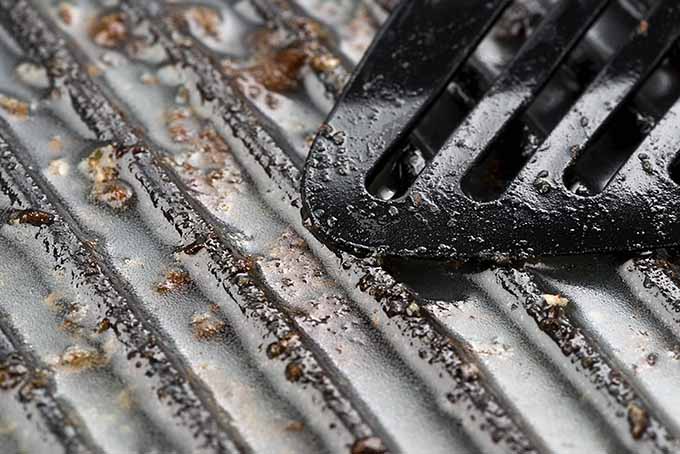
Splash, Bash, and Dash
As you can see, deglazing your pan is quick and easy – not complicated at all. Tossing in a few simple ingredients can take your dish from ordinary to extraordinary!
The perfect sauce formula includes a splash of liquid; a bash of shallots, garlic, or other aromatic produce; and a dash of finely chopped herbs. I prefer to keep it simple, but please do feel free to get creative.
For a nice, silky finish, I like to add some butter. One pat in the pan always ensures a pat on the back for the chef, as I like to say!
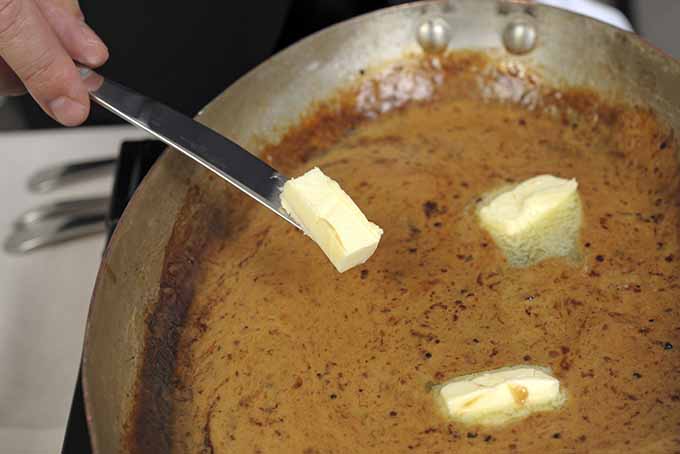
My All-Time Favorite Flavor Pairing Combinations for Pan Sauces:
- Chicken: Bourbon, Shallot, and Whole Grain Mustard
- Steak: Red Wine, Mushrooms, and Tarragon
- Veal: White Wine, Lemon, Capers, and Parsley
- Pork: Chardonnay, Garlic, and Thyme
- Fish: White Wine, Lemon Zest, and Rosemary
Additional Tips:
- Mise en place – this is a French term for the popular preparation technique of putting all of the ingredients, tools, and serving dishes in place before cooking. It helps things to go more smoothly, maximizing efficiency. Go here for more tips.
- Do not use a nonstick pan. The only way to build those magically browned (not burnt!) flavor bits beneath your searing protein is to allow a little sticking – cast iron pans or carbon steel pans are especially great for deglazing, with non-acidic ingredients. If you use acidic based solutions (such as cooking wine or sherry) you could risk removing that beautiful built up seasoning. To learn more about cast iron cookware, check out our post.
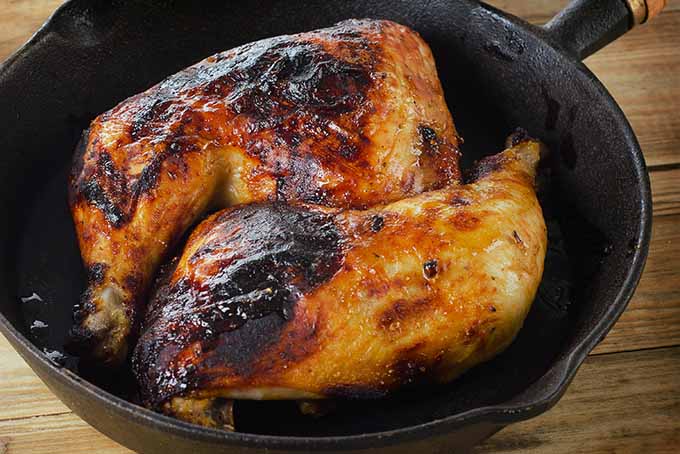
- To deglaze with an acidic liquid, you’ll definitely want to use a pan made out of stainless clad, tin-lined copper, or that has an enameled porcelain coating (with a steel or cast iron interior). Our absolute favorite cooking vessel for this kind of activity is the All-Clad Weeknight Pan that we reviewed in this article.
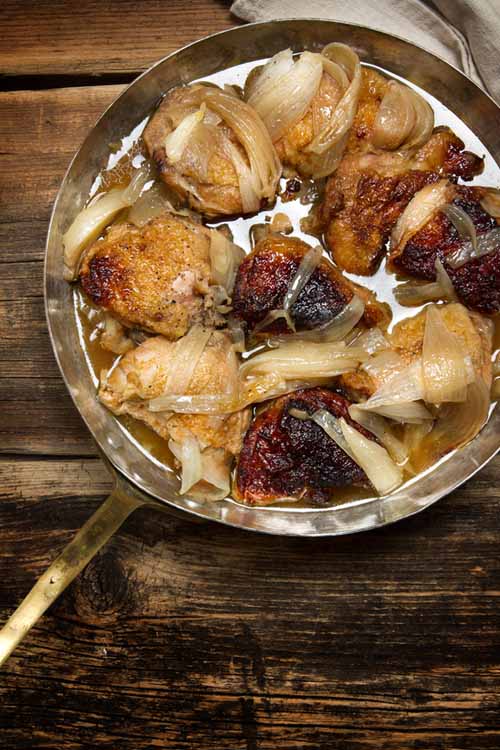
- Remove cooked food and it set aside in a way that keeps it warm while you’re deglazing and finishing your sauce.
- Always remove your pan from the heat when adding any alcohol and pour it away from the stove, preferably a small amount from a measuring cup rather than a glug from the full bottle, to avoid any flare-ups.
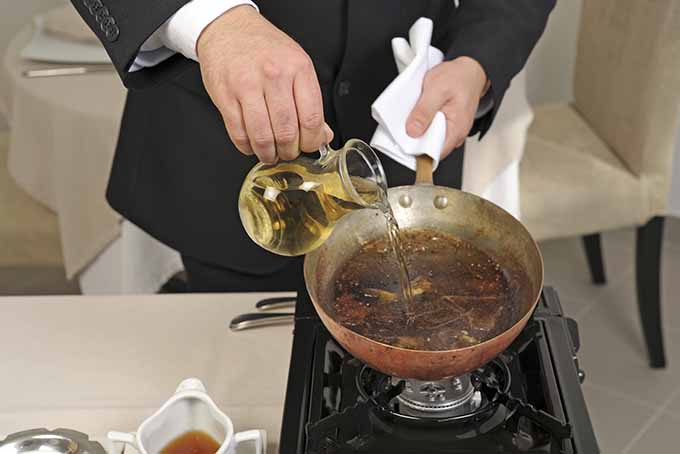
- Add twice the amount of liquid (whether wine, stock, or something else) as the desired quantity of finished sauce you would like to have for your end product. Deglazing always steams a good amount of the liquid away. When you bring your ingredients up to a boil, turn down your heat to simmer, and reduce the liquid down to half its original volume for your final sauce.
- Always taste and adjust seasonings if necessary before serving!
It’s Simple, and It Works!
As I sit and reflect on my lovely dinner party this night, I have to give a lot of credit to the deglazing process for the success of my dishes.
It’s a really simple technique that can be accomplished in only a matter of minutes. To achieve its tasty effects by any other method feels like it takes forever – so this is a must-know trick for every cook and aspiring chef.
I hope that I have inspired you to try out this fun, creative technique. I’m sure you’ll be amazed at the results – and do feel free to tell me all about your experiences.
For more info on thickening gravies and making sauces, check out this post on thickening agents.
Please share any questions, stories, or ideas you have with our Foodal community by commenting below. I can hardly wait to read all about them!
Photo credits: Shutterstock.
About Marla Tetsuka
As a professional chef, author of multiple cookbooks, and graduate of the esteemed Le Cordon Bleu College of Culinary Arts, Marla brings a professional touch to the community that we call Foodal.




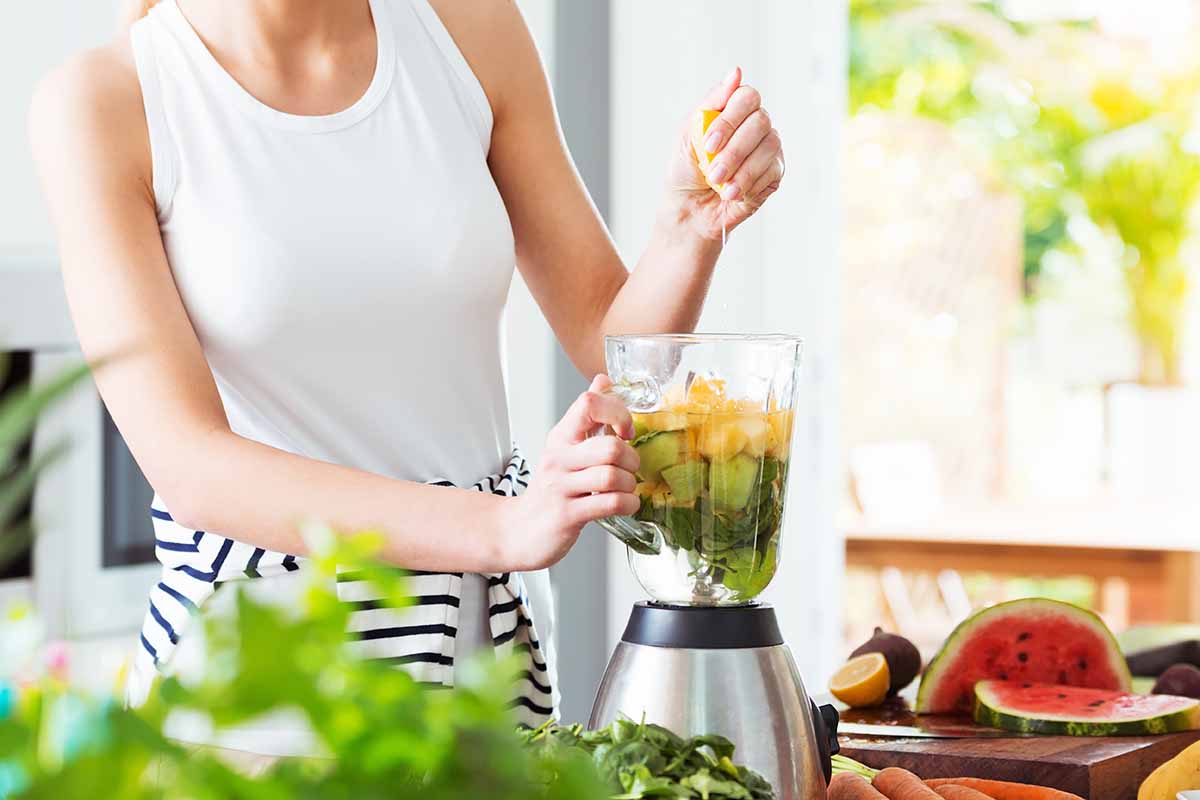

Oh, wow! It’s past midnight in my part of the world, but with the pictures accompanying the article, I sure would like to eat again! Foremost, it’s very rarely that I can relate to the dishes featured in Foodal! I especially like that they threw in European dishes that I first learn here. But it’s truly more delightful to see as dish that’s recognizable to my untrained eyes. That aside, I truly appreciate this article. I’m no aspiring chef, but techniques as discussed here sound very intimidating to someone like me who isn’t very good at the kitchen. However, the way you gave the instructions – you truly simplified it. To seasoned chefs a simple technique as deglazing might be a piece of cake, but to those starting out, the steps can be daunting. Luckily, you truly made it easy and less intimidating. Thank you!
Marla, you’ve finally put a name to something I’d absently done for a while now without realising what exactly it was I was doing!
I thought I was just being resourceful (greedy) by adding a little bit of wine to the pan to collect all the seasoning and gloop. Now I feel a bit better about myself realising it’s a tried and tested method to enhance the dish and actually has a name.
You list your favourite combinations for pan sauces; are there any dishes or combination of ingredients deglazing wouldn’t work well with, for example, any particular meats or seasoning that wouldn’t react well with wines?
I have never deglazed anything before. I may have ” glazed” a few things, but that is not the same is it? This is one of those things I have always viewed as mystifying. I’m afraid I might burn the pan or something. Although the tip on what type of pan to use is great because I never knew.
Great blog post! So many people ignore the process of deglazing the pan, and I’ve never been able to understand why. It’s so flavorful! I see so many people waste that goodness by simple scraping it off in the sink and cleaning the pan with water. No no no! That’s not the right thing to do at all, so kudos to you for making this post. My favorite combination is the red wine and mushrooms with steak!
It all comes down to the wine for me. It really works out well too, because when the dish is lighter you can go with a white wine and when you have those heavier meals you can use the red. My favorite is the red with a nice dark piece of meat like a roast. You have to add some carrots too, because they are always great with red wine.
I have been doing similar things for quite some time now, without realizing that it had a name. I just thought I was saving the “sauce” to add flavor to the dish. Enhancing it with wine and such is not my specialty but it is nice to know I’m not completely off my rocker by using this concept. Great article!
These are some great tips.
I bet this is how they make a certain dish that I really like. It’s just mushrooms and chicken but it appears to have lots of “bits” even though I’m not sure what they are. It’s so tasty, I’m betting that they do scrape all the deliciousness from the pan, ha ha.
I’m going to see if I can mimic it, using your directions. Thanks!
I have never done it, I supposed it was one of those fancy and difficult things only great cooks were able to do so I never bothered to look it up either. I’m amazed at how easy it really is but I guess that’s because you explained it in a very easy but thorough way. Thank you, I also appreciated all the useful tips and the interesting combinations. I’ll try it out soon and I’m sure even my husband will be very grateful to you!
Wow, I never thought that deglazing was that simple. However, that’s not that I actually care about right now… Watching those pictures opened my appetite at 12 AM in the morning! Moreover, in fact, your combination of “Steak: Red Wine, Mushrooms, and Tarragon” is one of my favourites. I’ve cooked something similar about a month and a half ago, served to my friends and they were delighted by the taste. With your method, I will probably make it taste even greater. I’ll keep this tutorial in mind for the upcoming week when my friends will come over for a fantastic dinner.
Here in the UK, we’ve been using this technique for decades, every time we cook a Sunday roast. A traditional gravy for this meal is made in the roasting tin itself, once the meat has been removed. Gravy made with instant granules is a poor substitute for “deglazed” gravy.
I have made gravy from pan drippings and scrapings before (especially after making breaded and fried pork chops). I didn’t realize that this was the same thing. Okay, I guess I already know how to do it! I think it will work really well for other types of sauces too though. I can’t wait to try it with a bit of wine.